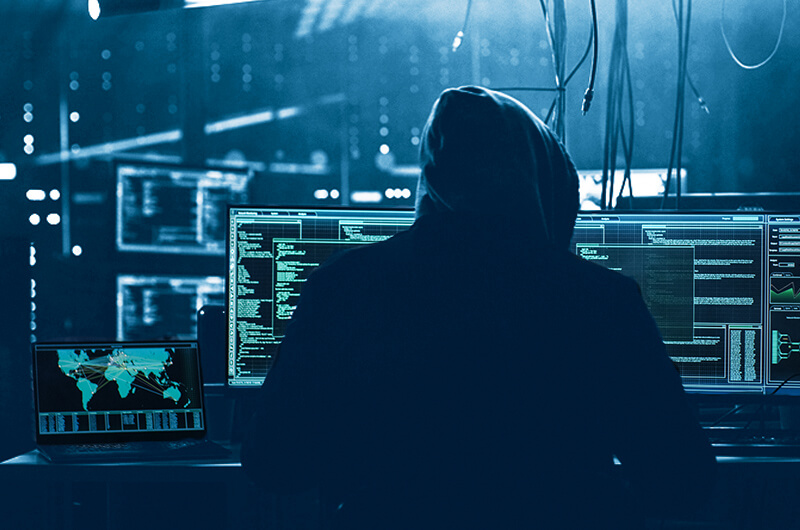A cyber attack is an assault on a computer system or network executed using various techniques. It can maliciously and purposely disrupt services, steal confidential or proprietary information, or gain unauthorized access to networks or user accounts. Cyber attacks are usually carried out by breaching a computer’s security system and then using the resources of that machine to cause damage on a larger scale.
Most Common Cyber Attacks
1. Masquerade or Phishing

Phishing occurs when criminals send emails to users that appear to be sent from trustworthy sources and request personal information such as credit card details or social security numbers. Phishing can also be accomplished by placing advertisements on websites or using instant messaging.
2. Ransomware
It is malicious software that encrypts a computer’s files and holds them hostage until the user pays a ransom to retrieve the information. Ransomware is often spread as an email attachment but can also be delivered via an alternative means, such as a web browser redirect. The user is often instructed to pay the ransom using bitcoins, a cryptocurrency, and a digital payment system.
3. Lateral Movement
Hackers can move into a network using keyloggers and other tools to access sensitive information and resources. This cyber attack is often used in data breaches to obtain confidential information. Hackers may carry out lateral movement by installing software that allows the hacker to log keystrokes and other details without the user being aware. This type of software is known as a keylogger.
4. Brute Force Attacks
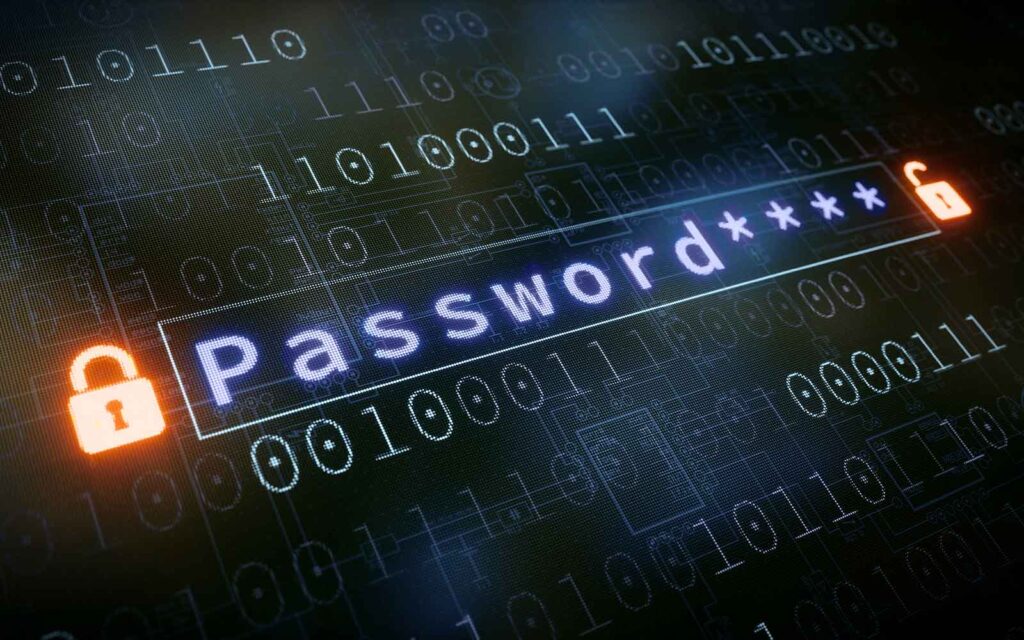
Also known as brute force password cracking, it’s an attack that uses software to guess passwords or access codes until the correct one is found. Cybercriminals use brute force attacks to hack into computers, servers, and Wi-Fi networks. These cyber-attacks are usually carried out by iterating through all possible combinations of characters at a very high speed. It can often result in two passwords having the same hash value, which makes them indistinguishable from each other; this process is known as a hash collision.
5. Session Hijacking
Hackers can take control of a session and execute commands on a computer, server, or network. Session hijacking can be done by posing as another user and sending a malicious command that forces the user to perform a security exploit, such as running an executable file.
6.SQL Injection Attacks
A malicious cyber attack occurs when a hacker can enter a SQL command in the wrong place. It can happen when using the escape character if the user enters a space before the command. Other SQL Injection attacks include returning negative values for missing inputs, and a hacker can use this to stop other requests from being processed by the attacker’s software.
7. DDOS Attacks
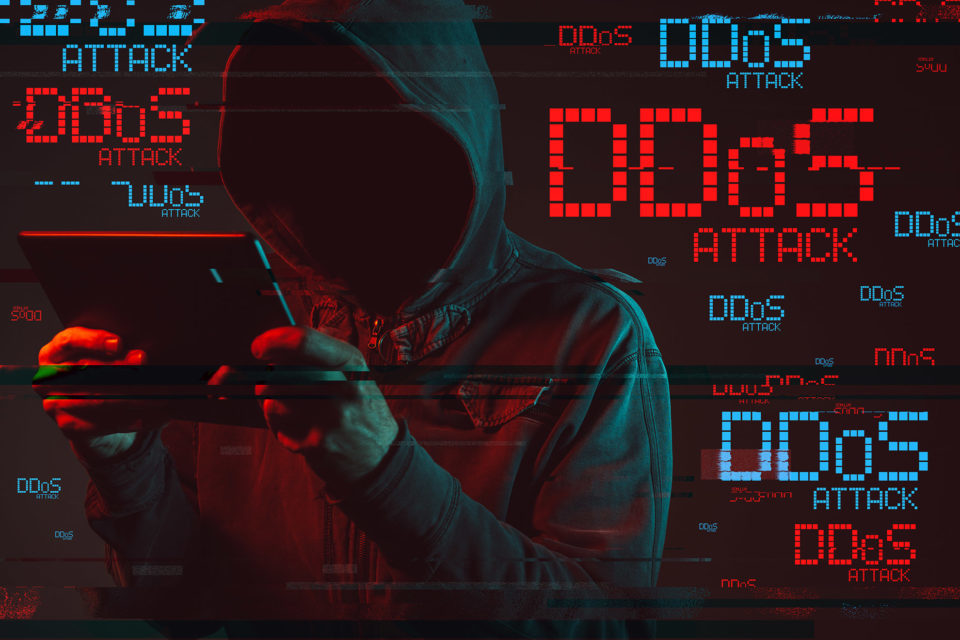
Cybercriminals perform a flood attack where attackers send a large amount of fake traffic to the target’s server or website to overload it and stop it from providing service. A distributed denial of service (DDoS) attack can be carried out using thousands of compromised computers that launch data packets at the victim’s system. This cyber attack can take down websites and online applications and even restart or shut down a computer network.
8. Password Attack
Unauthorized people attempt to access computers or servers by guessing the password. It can cause the user to be locked out of their account or permanently lose it.
9. Man-in-the-Middle Attack
It is a cyber attack where a hacker inserts themselves between two computers communicating. They can intercept communication and gather sensitive information such as passwords or credit card numbers. These attacks can be particularly harmful because they can occur anywhere on the Internet and often go unnoticed.
Ways of Preventing Cyber Attacks
While the following can be done on your own, vigilance is key. So it might be wise to look into hiring a managed IT service provider if the cost effectiveness makes sense.
1. Use Strong Passwords
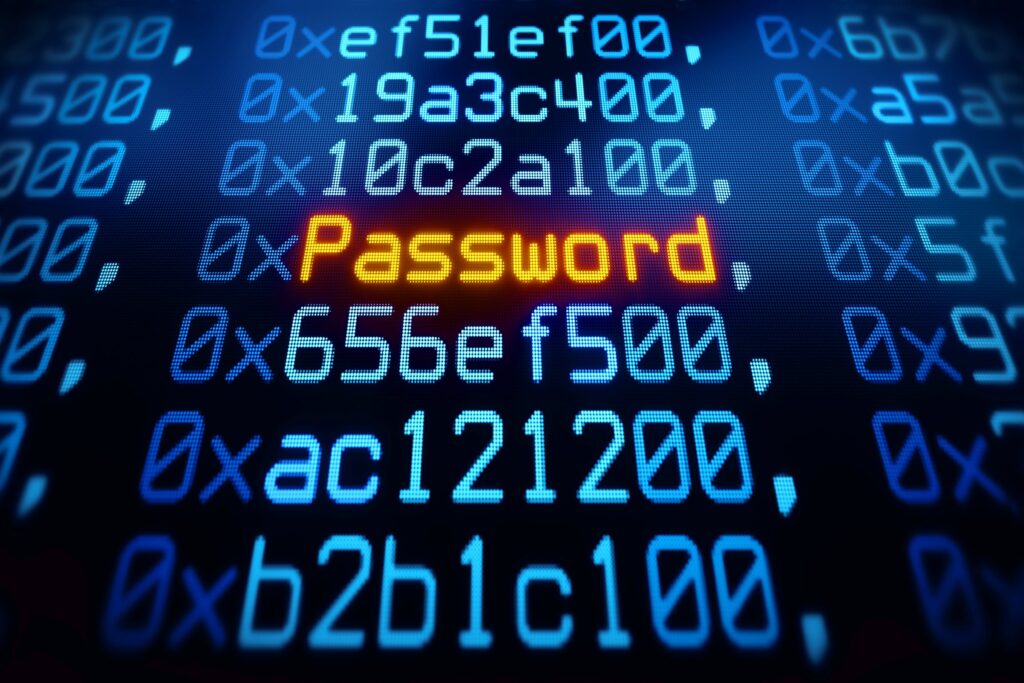
Always ensure that your passwords are complex and not easily guessed by hackers. Passwords that contain numbers and strings of letters, numbers, and special characters can be complex for an attacker to guess. You should not use personal information when creating passwords, such as birth dates or names from one’s family member.
2. Secure your Computer
One can install a computer with antivirus and antimalware software to remove malware from your device. You should also keep all operating systems and applications up to date. If you are using Internet Explorer, it is recommended that you use Microsoft’s Enhanced Protected Mode; this will prevent hackers from being able to run malicious code on your machine.
3. Block Spyware Attacks
In defense against cyber attacks, blocking spyware attacks is one of the most effective methods. Spyware is malware that records your keystrokes and captures your passwords and other sensitive information. It is often installed by opening email attachments or downloading files from the Internet.
4. Protect your Data
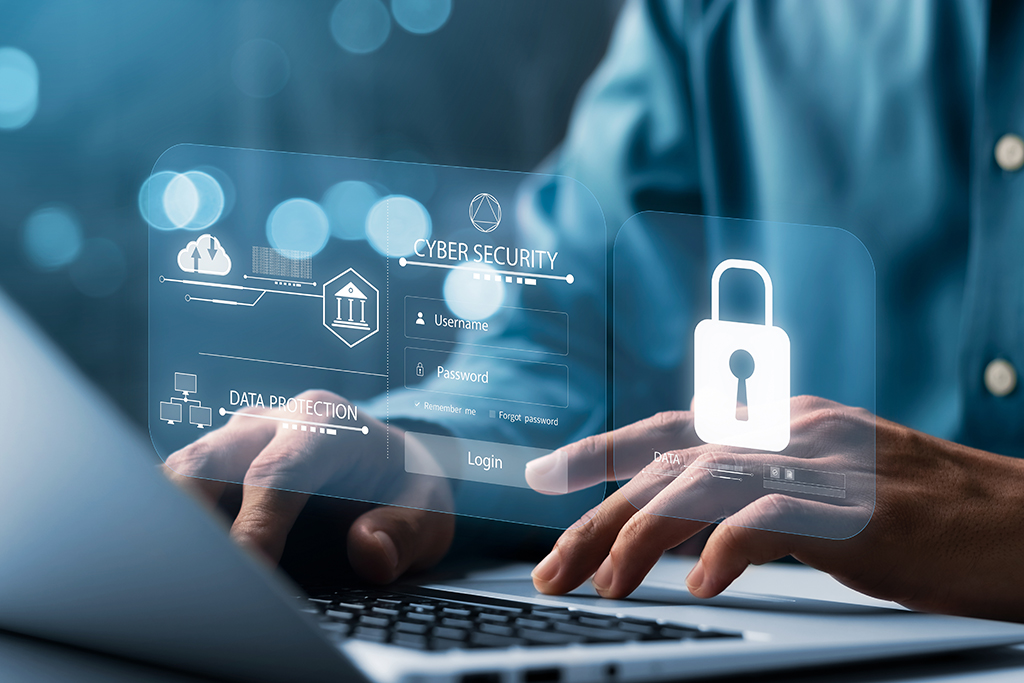
In most cases, using a firewall and antivirus software is recommended. You can also regularly back up your essential information and documents using encryption for sensitive files like tax or financial records. You can use external storage to protect data in case of cyber attacks.
5. Secure your wireless network
Wireless networks are the most vulnerable to cyber-attacks. It is because they do not have an extra layer of security as a router does, so hackers can easily break into them. You should regularly change your Wi-Fi password and secure your wireless network with a robust encryption protocol.
6. Be Social media Savvy
Social media poses a considerable risk to companies and institutions. Applications like Facebook, Instagram, and Twitter have become intelligent ways for people to communicate with each other. However, when it comes to cyber security, people should be aware of the risks posed by social media, as this is where hackers can place malicious content in our news feeds and timelines. Shutting down or limiting access to these sites can help protect companies from these threats.
7. Keeps your software and systems up to date

Automatically running updates to keep your operating systems or software up-to-date is one of the best methods to protect your computer from cyber-attacks. Disabling automatic installation or hiding it is also a good idea to avoid being tricked into installing malware. You should have a current backup plan and ensure you have software backups on external storage.
8. Train your Staff
Hackers are always looking for new ways to exploit vulnerabilities. It is recommended that one has staff training sessions on cyber security which will enable employees to recognize the latest threats and how to avoid them.
9. Access Management
It’s essential to have the proper controls in place to ensure that authorized users have access to your systems and that unauthorized users cannot gain access. A great way to protect from cyber attacks is through two-factor authentication, and this means that someone must have both their password and an additional factor such as a keycard or token.
Cyber Crime is the most dangerous type of crime in our modern times. Cybercrime can be used to steal your personal information and identity and even destroy your business. Keep up-to-date on cyber threats, learn about international laws regarding cyber security, and arm yourself with knowledge and tools to protect against cyber attacks.

